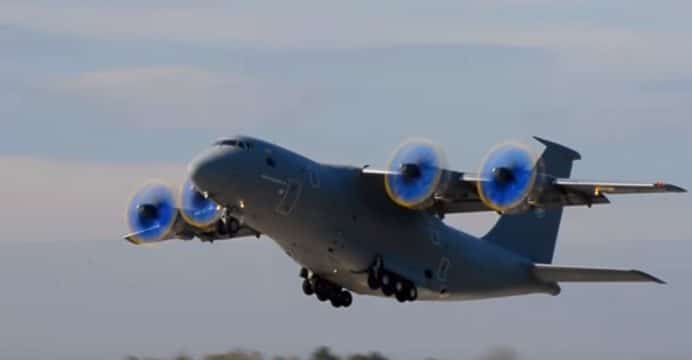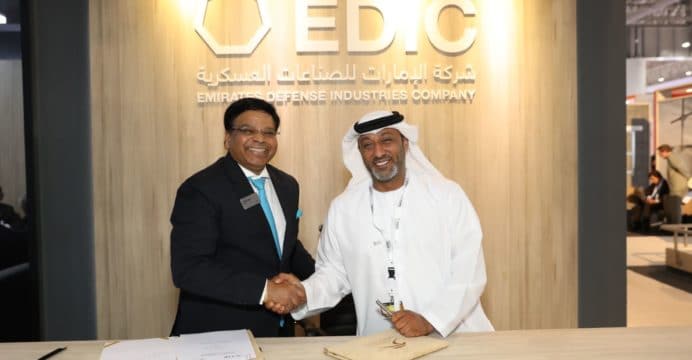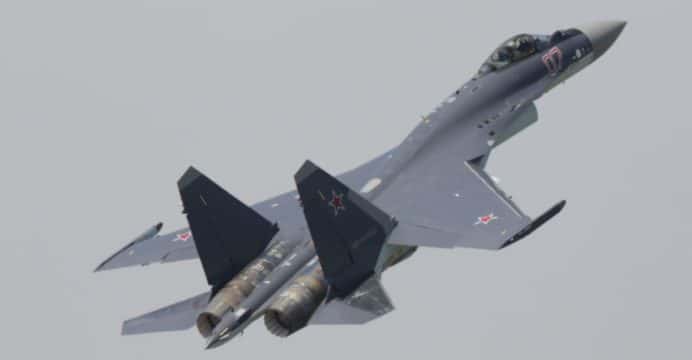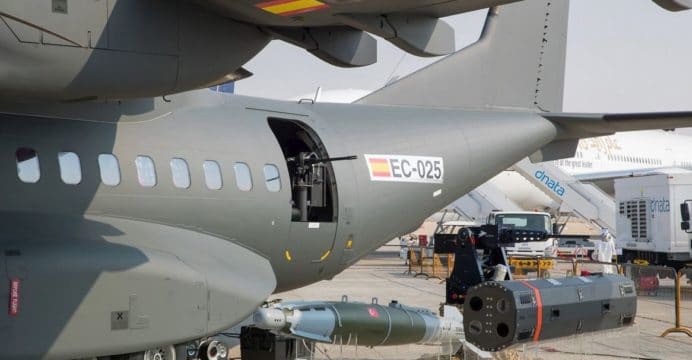timepass
Brigadier
UAE-BASED AEROSPACE AND DEFENSE TECHNOLOGY COMPANY, CALIDUS, SELECTS IFS APPLICATIONS TO SUPPORT RAPID GROWTH
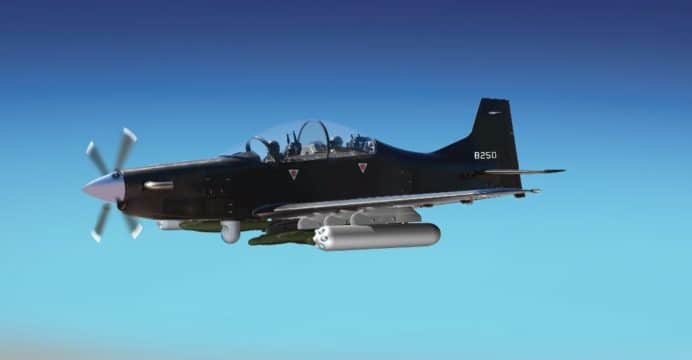
Dubai Airshow – November 14, 2017 – , the global enterprise applications company, today announced that the aerospace and defense technology company , based in Abu Dhabi, UAE, has selected as its core solution to manage key company operations and manufacturing projects. The IFS solution includes Finance, HR, Supply Chain, Project and Document Management modules to support the development of all major Calidus projects, including the manufacturing of the new B-250 light attack aircraft which is currently being unveiled at the Dubai Airshow, November 12th-16th.
Following its rapid business and project growth in the last two years, Calidus recognized the need for a solution which could scale alongside and meet the requirements of the fast-moving company. IFS Applications will allow Calidus to automate key end-to-end processes to increase productivity, reduce costs, and provide management with a 360-degree view of operations to make better business decisions. The industry-specific and agile nature of IFS Applications removes the need for customization and a long implementation timeline.
One of the recent successful Calidus projects supported by the IFS solution, the B-250 light attack aircraft, is being launched during the Dubai Airshow 12th-16th November 2017, stands A34 and A35.
Calidus management selected IFS because of its recognized industry leadership in enterprise software as well as its strong track record with other defense manufacturers. As a fast-growing technology and development company, it was essential for Calidus to partner with a software provider that could adapt at the same rate as the business. The flexibility and agility of IFS Applications will scale alongside the aggressive Calidus growth strategy.
Luis Ortega, Managing Director, Middle East, Africa & South Asia at IFS added, “The selection of IFS to support such a fast-moving company demonstrates the agility of IFS Applications. With such quick expansion, it is essential for Calidus to have a 360-degree view of its operational processes to make informed, data-driven business decisions. Aerospace and defense manufacturing and maintenance is a rapidly growing industry in the Middle East, and Calidus joins a growing number of customers in the region which recognize the industry expertise of IFS.”
About Calidus
is a new technology development company based in Abu Dhabi. Through partnerships with some of the most innovative companies in the aviation field, Calidus aims at providing cutting-edge, mission-oriented and cost-effective solutions to its clients.
About IFS
IFS develops and delivers enterprise software for customers around the world who manufacture and distribute goods, maintain assets, and manage service-focused operations. The industry expertise of our people and solutions, together with commitment to our customers, has made us a recognized leader and the most recommended supplier in our sector. Our team of 3,500 employees supports more than one million users worldwide from a network of local offices and through our growing ecosystem of partners. For more information, visit:

Dubai Airshow – November 14, 2017 – , the global enterprise applications company, today announced that the aerospace and defense technology company , based in Abu Dhabi, UAE, has selected as its core solution to manage key company operations and manufacturing projects. The IFS solution includes Finance, HR, Supply Chain, Project and Document Management modules to support the development of all major Calidus projects, including the manufacturing of the new B-250 light attack aircraft which is currently being unveiled at the Dubai Airshow, November 12th-16th.
Following its rapid business and project growth in the last two years, Calidus recognized the need for a solution which could scale alongside and meet the requirements of the fast-moving company. IFS Applications will allow Calidus to automate key end-to-end processes to increase productivity, reduce costs, and provide management with a 360-degree view of operations to make better business decisions. The industry-specific and agile nature of IFS Applications removes the need for customization and a long implementation timeline.
One of the recent successful Calidus projects supported by the IFS solution, the B-250 light attack aircraft, is being launched during the Dubai Airshow 12th-16th November 2017, stands A34 and A35.
Calidus management selected IFS because of its recognized industry leadership in enterprise software as well as its strong track record with other defense manufacturers. As a fast-growing technology and development company, it was essential for Calidus to partner with a software provider that could adapt at the same rate as the business. The flexibility and agility of IFS Applications will scale alongside the aggressive Calidus growth strategy.
Luis Ortega, Managing Director, Middle East, Africa & South Asia at IFS added, “The selection of IFS to support such a fast-moving company demonstrates the agility of IFS Applications. With such quick expansion, it is essential for Calidus to have a 360-degree view of its operational processes to make informed, data-driven business decisions. Aerospace and defense manufacturing and maintenance is a rapidly growing industry in the Middle East, and Calidus joins a growing number of customers in the region which recognize the industry expertise of IFS.”
About Calidus
is a new technology development company based in Abu Dhabi. Through partnerships with some of the most innovative companies in the aviation field, Calidus aims at providing cutting-edge, mission-oriented and cost-effective solutions to its clients.
About IFS
IFS develops and delivers enterprise software for customers around the world who manufacture and distribute goods, maintain assets, and manage service-focused operations. The industry expertise of our people and solutions, together with commitment to our customers, has made us a recognized leader and the most recommended supplier in our sector. Our team of 3,500 employees supports more than one million users worldwide from a network of local offices and through our growing ecosystem of partners. For more information, visit:

